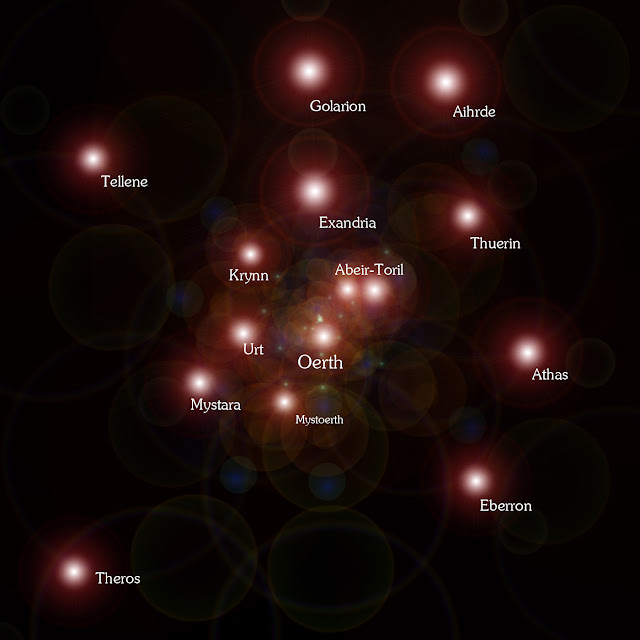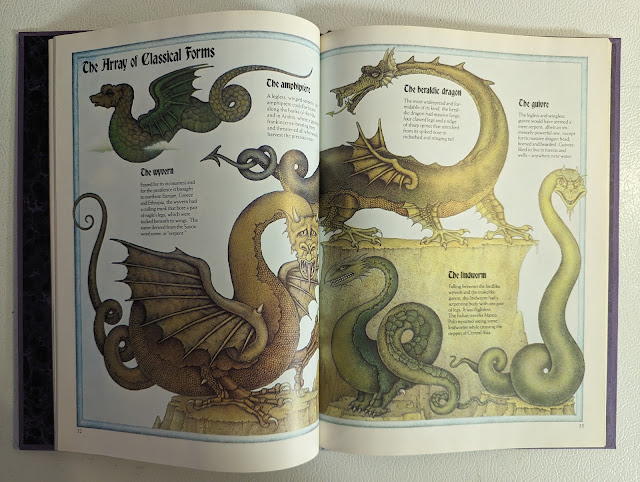 |
| Dracula by Edgar Alfred Holloway |
This is not my first time doing vampires for the A to Z challenge either.
- 2011: V is for Vampire
- 2013: V is for Vampires vs. Demons
- 2015: The A to Z of Vampires (all month long!)
- 2016: A to Z of Adventure! V is for Vampire Adventures
- 2021: V is for Vampire (Year of Monsters)
- 2023: Doctor Who Vampires
Not to mention all the posts I have with the Vampire label. In this A to Z, I also briefly discussed the various Vampire Queens in my game.
I guess the question becomes. Why Vampires?
Why Vampires?
Dungeons & Dragons is filled with plenty of monsters to fight and defeat. Everything from the lowest Kobold to Dragons and even more dangerous creatures. Vampires are not as powerful as Liches, or Demon Lords, or the Lords of Faerie. So why do I keep coming back to them?
There is the allure of the vampire. It is so close to being human and yet isn't. It is dangerous, but not like, say, Godzilla is dangerous. It can get into your homes, your psyche. It can destroy you from the inside and make you want more of it.
Vampires are a staple of horror fiction, in particular Gothic Horror. They are also a feature of the Swords & Sorcery genre, where Conan famously battles the vampire Akivasha in an underground maze. That scene from "The Hour of the Dragon" is as much a part of D&D's DNA as anything from The Hobbit or Lord of the Rings.
My family of Paladins, the Werpers, are all Vampire Hunters. I even had a character was a pretty blonde girl with a supernatural background who was a hunter of vampires. Yes, my Raven, was doing her thing long before anyone knew of "Buffy."
If you follow my annual October Horror Movie Marathon you know I have pretty much seen every vampire movie ever made.
Vampires are Everywhere
The Doctor: Do you know, it just occurs to me there are vampire legends on almost every inhabited planet.
Romana: Really?
The Doctor: Yes.
- The Fourth Doctor and Romana II, "State of Decay"
Nearly every culture on the planet has some form of vampire myth. Pottery dating back to ancient Babylon has vampires on it. The Greeks had several different types, as did the Romans and so on. Sure these all could come from a shared human fear of the dead returning to take from us what they miss; life. It also could be the inheritor of a tradition dating back to the Pre-Indo-European peoples where so many of us get our current languages. In any case, vampires are all over, and they are not going anywhere.
Vampires are also one of the few monsters that move effortlessly between RPG genres. Fantasy and Horror are a given, but they also appear in Steampunk, Superheroes, Pulp, Modern, and even some Sci-fi. Each takes a different approach as to why they are around.
 |
| Darlessa |
There is an old saying, "A Hero is only as good as the villain."
If I want the characters in my games to be heroes, then I need to make sure their villains are up to the challenge. This is another great place for the Vampire to shine.
In books or movies the bad guy can get away to fight another day. In games? Well, a great set of rolls by the players and some bad ones from the GM, and suddenly your Big Bad Evil Guy is no more! But death is not always the end for vampires. They can keep coming back for more. Christopher Lee made a career out of this.
I have used Dracula in games in the past, but not as much as I could have. He is like David Bowie. He can turn up, but it needs to be memorable.
Count Strahd von Zarovich is the star of Ravenloft. All things considered, I like to keep him there.
That leaves me with Darlessa and my other Vampire Queens. I should come up with some more, to be honest. Never can have too many vampires around.
I honestly should be writing more vampire-themed adventures. Especially ones that I can use cross-genres.
I do have a Basic Bestiary on just Vampires and Undead, but that is a long way away right now.
--
Tomorrow is W day, and I think you know what I am going to talk about.














.png)

